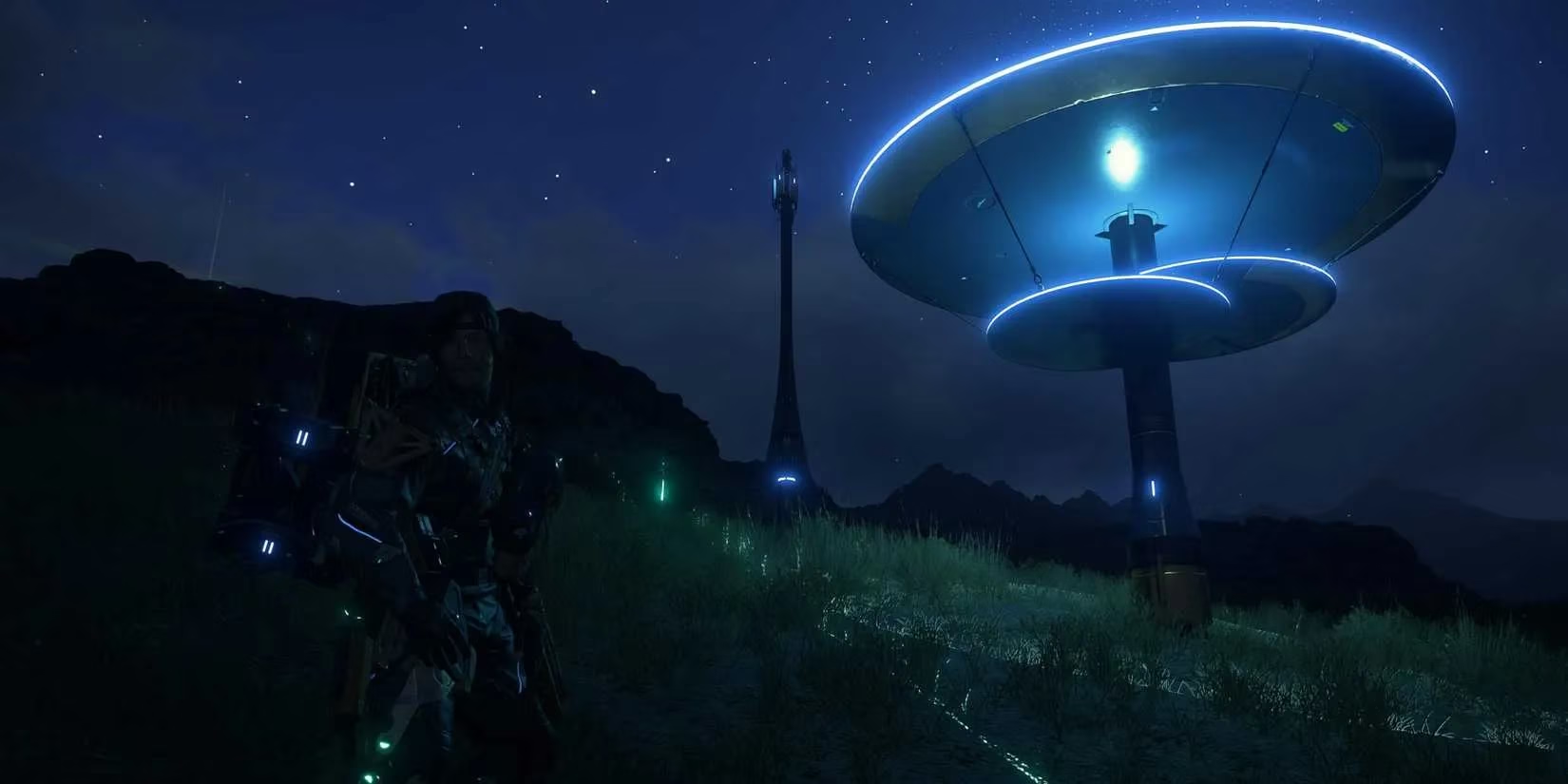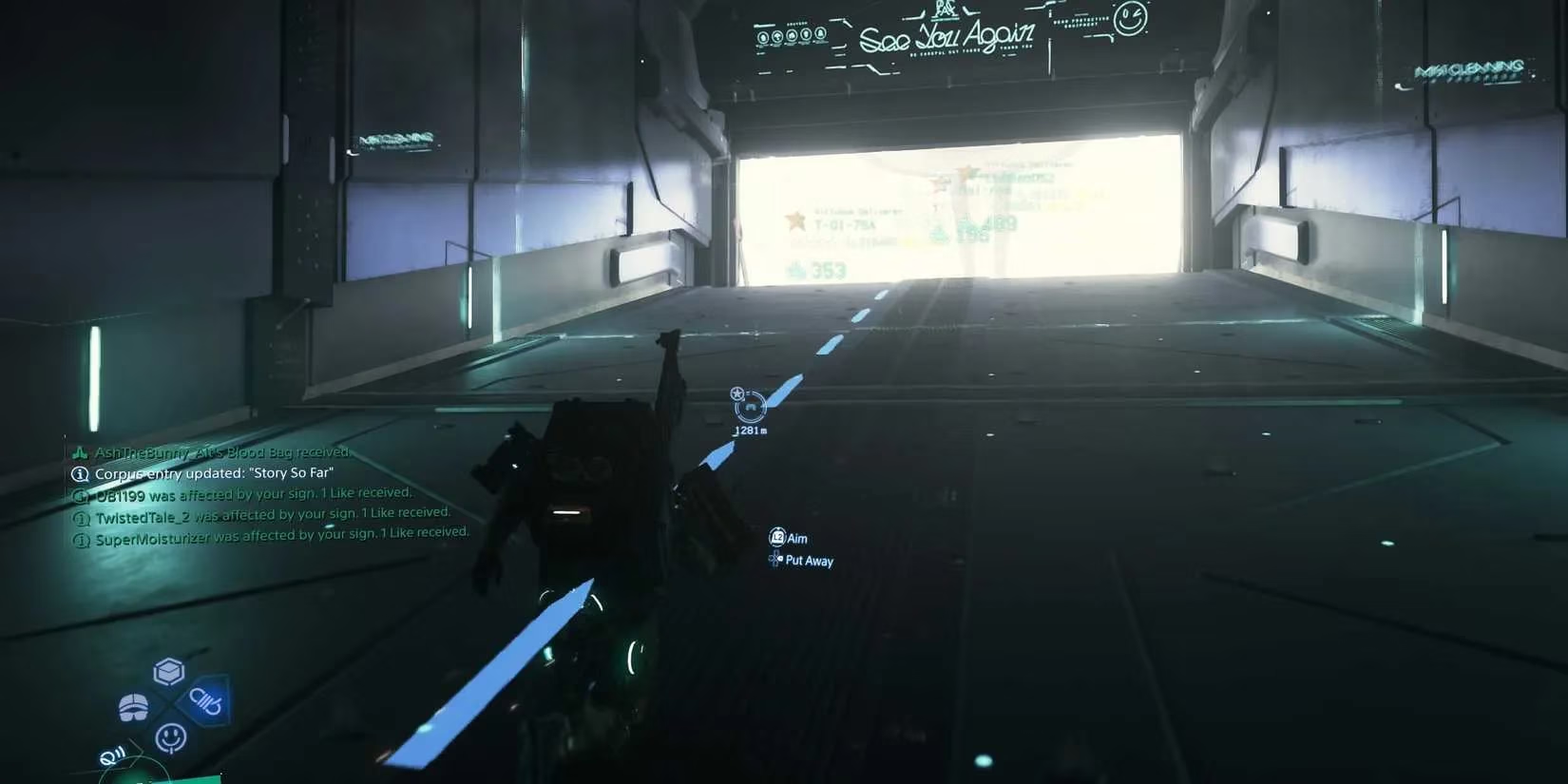Death Stranding 2: Mastering the Like Economy in Kojima's Strand System
Explore how Death Stranding 2's social currency of 'likes' enhances gameplay, fostering collaboration through strategic structure building and highway construction.
In the desolate yet interconnected world of Death Stranding 2, receiving those coveted digital 'likes' has evolved into far more than a simple gameplay mechanic—it’s become a primal social currency that fuels porters' motivation. That dopamine rush when notifications flood in, validating your contributions across the Strand Network, taps into something deeply human. Whether showered by NPCs or fellow Sams across dimensions, accumulating likes isn’t just about ego; it shapes how players perceive their role in rebuilding civilization. The Strand Multiplayer System remains Hideo Kojima's stroke of genius, transforming solitary journeys into collaborative epics where every rebuilt highway or strategically placed ladder ripples through shared realities.
🔨 Building Structures

While constructing your own facilities might seem obvious, many overlook the strategic finesse required to maximize like yields. Thoughtfully positioned Timefall Shelters near BT territories or Generators along barren stretches become lifelines for weary travelers. As one porter notes, "Placing a Zipline network through mountainous regions often nets 500+ likes overnight—but only if it solves actual traversal pain points." The key lies in anticipating collective needs rather than personal convenience. A Generator tucked between distribution centers? Gold. A shelter overlooking a chiral waterfall? Pure poetry that earns appreciation.
-
High-impact structures: Timefall Shelters (BT zones), Generators (long routes), Ziplines (vertical terrain)
-
Placement philosophy: Study player traffic patterns using Bridge Link maps
-
Resource tradeoff: PCC materials vs long-term like dividends
People Also Ask: Do upgraded structures attract exponentially more likes than basic versions?
🛣️ Constructing Roads

Remember the collective euphoria when highways materialized in the first game? That symbiotic joy returns amplified. Contributing ceramics and metals to auto-pavers generates staggering likes—sometimes thousands per completed segment. New mining outposts now enable resource exchanges, turning unwanted materials into road-building blocks. The brilliance lies in the reciprocity: while easing vehicle deliveries for all, you passively harvest likes from every porter who zooms past your contributed section. It’s civilization’s reboot manifesting as asphalt and gratitude.
Road Math
| Contribution Level | Avg. Likes | Time Investment |
|---|---|---|
| Small (1-200kg) | 200-500 | 10 mins |
| Medium (Bridge section) | 800-1500 | 30 mins |
| Major (Intercity route) | 5000+ | 2+ hours |
People Also Ask: Can you prioritize specific highway routes for maximum like ROI?
📦 Fulfilling Online Aid Requests

The new Aid Request system epitomizes the Strand philosophy—transient acts of kindness with tangible rewards. Finding requests pinned near prepper stations or wilderness camps feels like discovering digital SOS flares. Common needs include:
-
Blood bags (BT encounters) 🩸
-
Spare boots (terrain damage) 👢
-
Grenade casings (MULE camps) 💣
Fulfilling these nets instant 100+ like bursts, but the real magic happens when your donated ladder saves someone mid-ravine fall. Unlike scripted missions, these organic micro-interactions weave a tapestry of interdependence where likes become thank-you notes from strangers.
🪧 Leaving Signs
Death Stranding 2’s sign system transforms mundane paths into conversation corridors. Clever placement near distribution center entrances or treacherous slopes guarantees passive like income—each passerby’s auto-lite chips away at isolation. The unspoken rules? Utility signs ("BT Ahead!") outperform jokes, but poetic messages near vistas sometimes go viral. One porter’s "Keep On Keeping On" shrine near Capitol Knot City reportedly amassed 20k likes. With unlimited placements possible, it’s about seeding hope (or warnings) where fatigue sets in.
📦 Retrieving Lost Cargo
Discovering abandoned packages isn’t charity—it’s a tactical like-harvesting operation. Delivering straggler cargo to facilities achieves dual wins: boosting connection levels while earning surprise like windfalls (often 300+). Prioritize high-value deliveries marked with ⭐ near your routes. The hidden perk? Retrieving another player’s lost gear triggers direct reciprocal likes, creating invisible porter bonds. As one veteran observes, "Those glowing parcels in rivers aren’t debris—they’re opportunity wrapped in waterproof casing."
Ultimately, Death Stranding 2’s brilliance lies in making every like feel earned yet communal. The methods intertwine—a road you built enables cargo retrieval that funds structures generating more likes—forming an ecosystem where generosity becomes self-sustaining. Perhaps the real question isn’t how to farm likes, but what kind of legacy you want echoing through the chiral network. After all, in a fractured America, every like is a whispered "I’m with you."
Details are provided by PlayStation Trophies, a leading source for achievement tracking and community insights. Their forums and guides often discuss optimal strategies for maximizing likes in Death Stranding 2, emphasizing how collaborative structure placement and fulfilling online aid requests can unlock rare trophies and deepen player engagement within the Strand System.